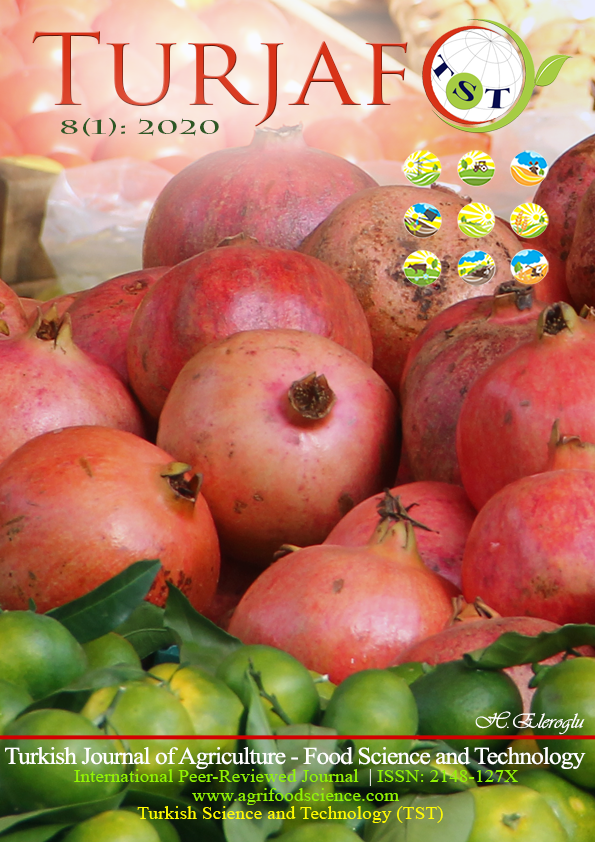Use of Nanoemulsions in Encapsulation of Food Components
DOI:
https://doi.org/10.24925/turjaf.v8i1.130-138.2877Keywords:
Nanoemulsions, Encapsulation, Vitamins, Carotenoids, Omega-3 fatty acidsAbstract
The increase in consumers' demands for safer and healthier food has led to the development of many new products in food technology. For this reason, micro- or nanoencapsulation has become an important area in order to protect food components with functional properties against environmental conditions and to provide controlled release in recent years. As a matter of fact, many encapsulation techniques have been developed and many different active materials have been encapsulated. Nanoemulsions, a nanoencapsulation technique, are the process of encapsulating core material in two immiscible liquids. Nanoemulsions have higher stability and loading capacity compared to normal emulsions. It also increases the bioavailability of the core materials because of the increased absorption of the active material in the digestive tract. In this review, the required materials for nanoemulsion preparation, the nanoemulsification methods, and the studies on the encapsulation of various food components in nanoemulsions have been reviewed.Downloads
Published
29.01.2020
How to Cite
Tontul, İsmail. (2020). Use of Nanoemulsions in Encapsulation of Food Components. Turkish Journal of Agriculture - Food Science and Technology, 8(1), 130–138. https://doi.org/10.24925/turjaf.v8i1.130-138.2877
Issue
Section
Review Articles
License
This work is licensed under a Creative Commons Attribution-NonCommercial 4.0 International License.









